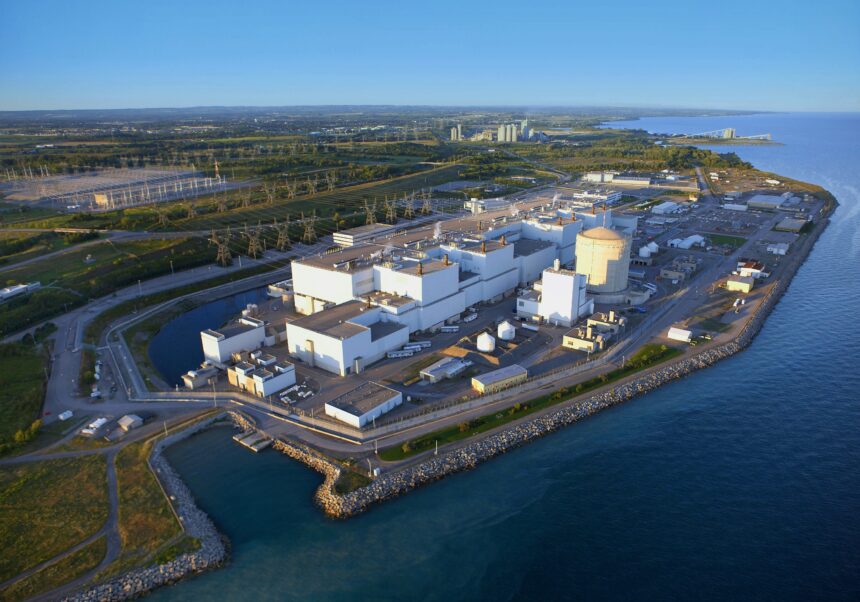In a significant challenge to Mark Carney’s economic vision for Canada, a coalition of civil society organizations and First Nations groups has launched a coordinated opposition campaign against his ambitious nuclear energy expansion plans. The former Bank of Canada governor, who has positioned nuclear power as a cornerstone of his proposed economic strategy, now confronts mounting resistance from environmental advocates and Indigenous communities concerned about long-term impacts.
“The rush toward nuclear expansion represents a dangerous gamble with Canada’s energy future,” said Emma Reynolds, spokesperson for the Canadian Environmental Alliance, during yesterday’s press conference in Ottawa. “We’re witnessing a policy push that ignores substantial concerns about waste management, cost overruns, and the displacement of more viable renewable alternatives.”
Carney’s economic blueprint, unveiled last month, highlights small modular reactors (SMRs) as a crucial technology for meeting Canada’s emissions targets while maintaining energy security. His plan proposes investments exceeding $30 billion in nuclear infrastructure over the next decade, positioning Canada as a global leader in next-generation nuclear technology.
Chief Robert Thundercloud of the Northern Lakes First Nation expressed particular concern about consultation processes. “Once again, major energy decisions affecting ancestral territories are being made without meaningful Indigenous input,” he stated. “These aren’t just technical decisions but choices that will impact our lands for generations to come.”
The opposition coalition has raised multiple objections, including the economic viability of nuclear projects. A financial analysis published by the Energy Economics Institute suggests SMR development costs have consistently exceeded initial projections by 175% in comparable jurisdictions, potentially creating significant taxpayer liabilities.
Environmental organizations participating in the coalition have highlighted that Canada’s energy strategy appears increasingly at odds with approaches taken by Germany and other European nations that have prioritized renewable expansions while phasing out nuclear capacity.
“The timeline disconnect is particularly troubling,” noted Dr. Sarah Chen, energy policy expert at Toronto University. “Even under optimistic scenarios, new nuclear facilities would take 12-15 years to become operational, well beyond our critical climate action window.”
Carney’s supporters maintain that nuclear energy represents an essential baseload power source that complements intermittent renewables like wind and solar. Industry representatives argue that next-generation nuclear technologies address many historical concerns about safety and waste management.
“This opposition campaign mischaracterizes the significant technological advances in the nuclear sector,” responded James Harrison, spokesperson for the Canadian Nuclear Association. “Modern reactor designs incorporate passive safety systems and produce substantially less waste than previous generations.”
The dispute highlights a fundamental tension in Canada’s energy policy debate, balancing immediate climate action needs against long-term infrastructure planning. Indigenous groups have emphasized that any major energy transition must respect treaty rights and incorporate traditional knowledge into environmental assessment processes.
The outcome of this growing controversy could significantly impact Canada’s industrial strategy and climate commitments for decades to come. As Carney continues promoting his economic vision across the country, he faces the challenging task of addressing these substantial concerns while maintaining momentum for his broader agenda.
As this debate intensifies, Canadians must consider: what energy future best serves both our immediate climate obligations and our responsibility to future generations? The answer may determine not just our economic prosperity, but the very landscape of our nation.










